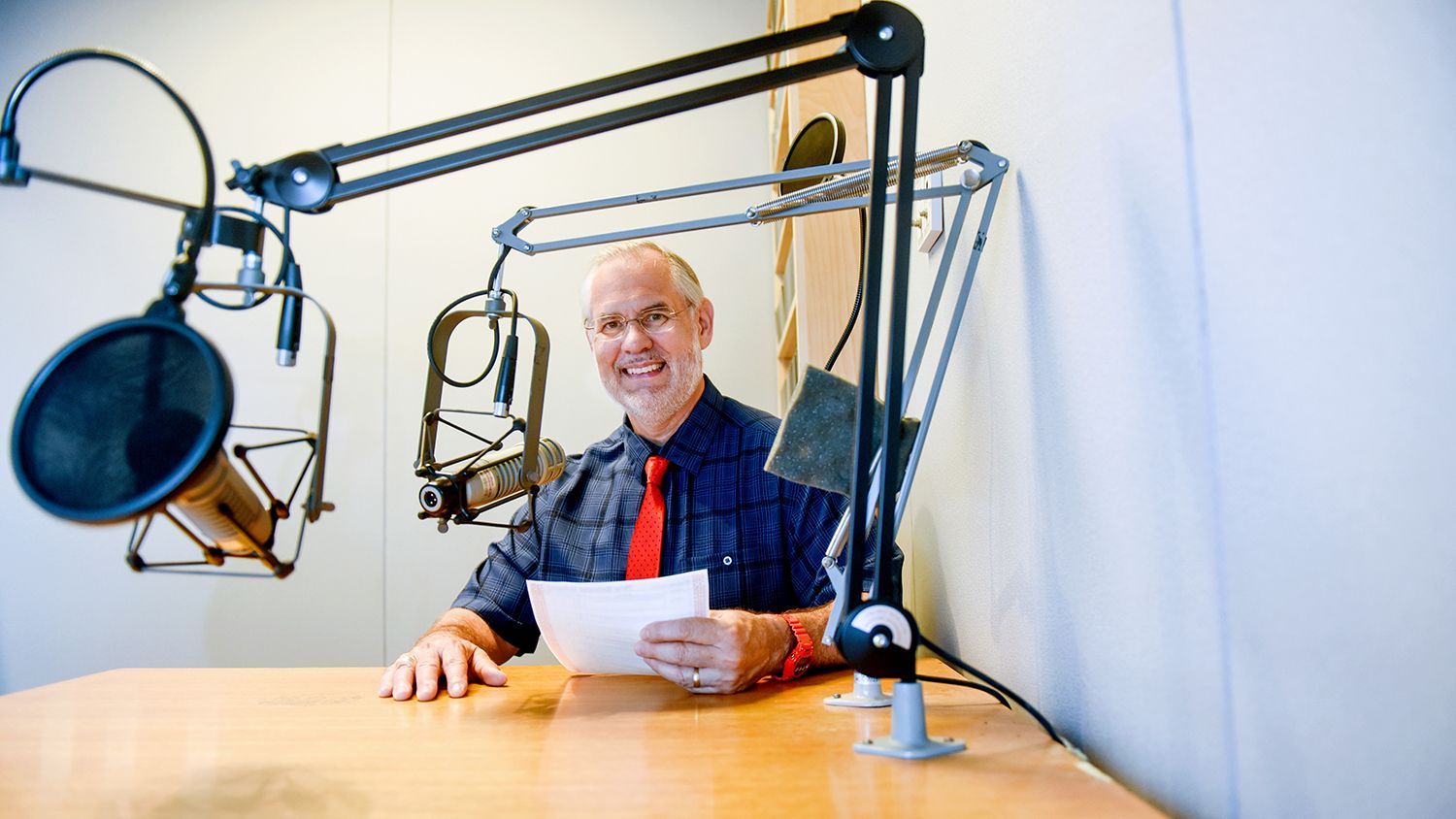Quantitative un-easing
The Federal Reserve took extraordinary steps to try to contain the negative effects of the recession. Does the Federal Reserve have to worry about how to move back from these steps now that the recession is past? N.C. State University economist Mike Walden responds.
“The extraordinary steps the Federal Reserve took, of course, had to do with buying financial assets – things like mortgages and bonds – in order to support the financial market. We call that quantitative easing. For example, right now the Federal Reserve owns over $3 trillion worth of mortgages, and they own over 40 percent of all U.S. Treasury securities.
“The Federal Reserve just recently announced they’re going to stop the buying of these financial assets. So quantitative easing has ground to a halt.
“Many expected this. This is not a surprise. Now the question is, ‘How does the Federal Reserve move back? How do they quantitatively unease?’ And they have to do it very, very, carefully. If they, for example, were to sell a large quantity of their mortgages all at once, that would cause interest rates on new mortgages to gigantically jump. So the Federal Reserve is still trying to formulate a plan of how to back off from its massive intervention in the financial markets.
“I think this is going to be a big, big key to how well the economy does over the next three to five years.”
- Categories:

